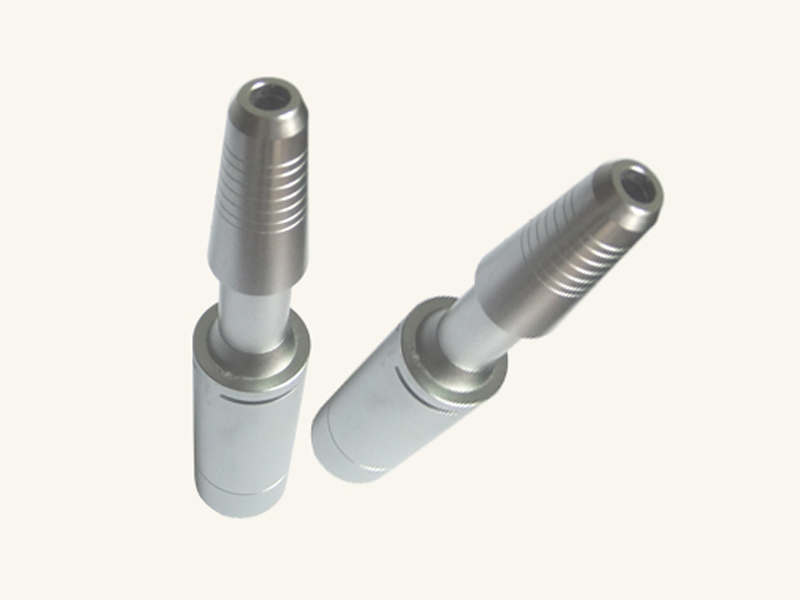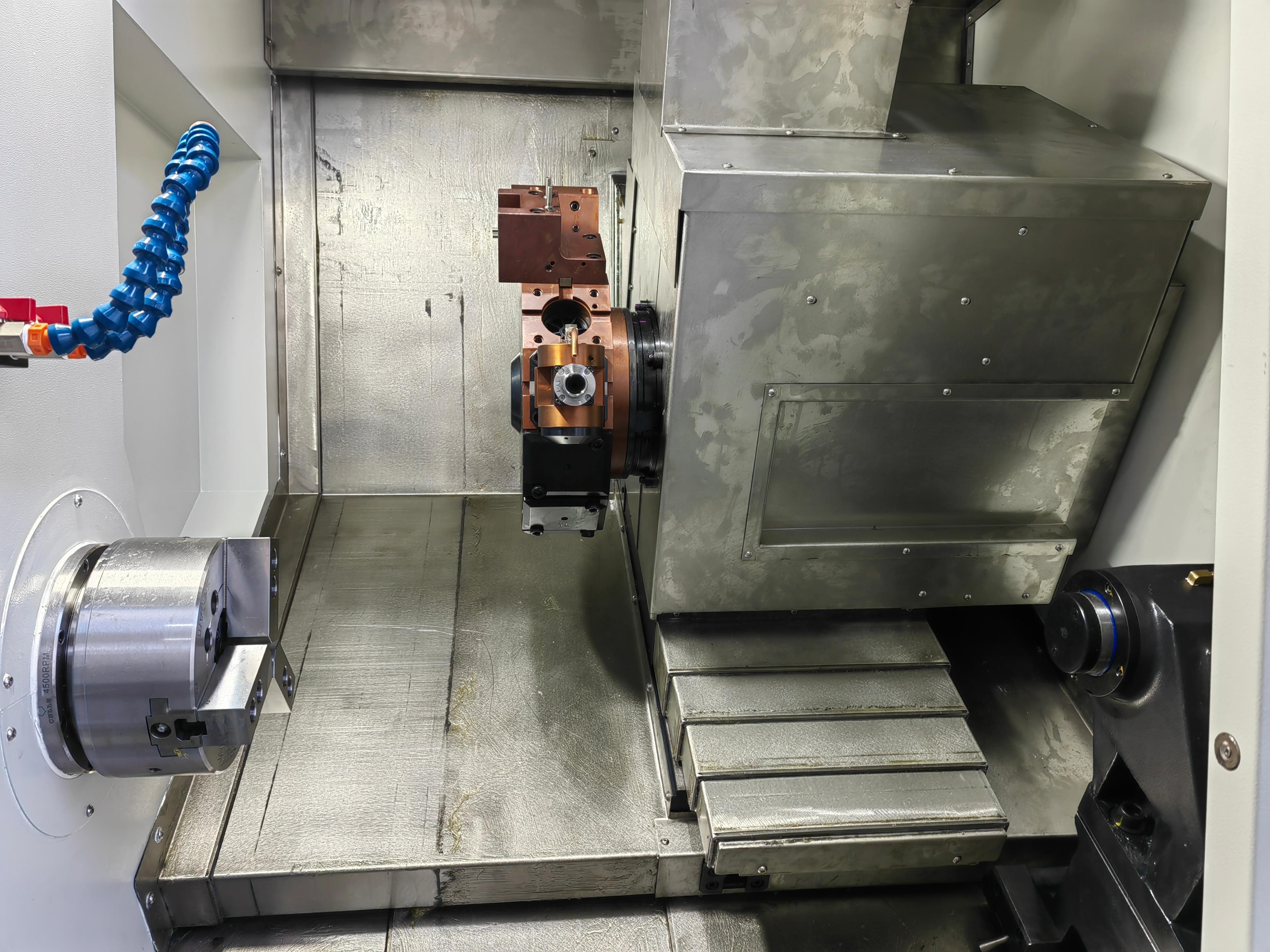In recent years, despite the development of precision casting, precision forging, and chip-free machining technologies, and the development of many new machining methods in the field of machining technology, traditional machining still occupies an extremely important position. In the foreseeable short term, cutting and grinding will remain the most important machining methods for obtaining precision mechanical parts, which shows that it is very important to choose a professional and skilled CNC Machining manufacturer.
CNC means "computer data control", which is simply "numerical control machining". Numerical control machining is an advanced machining technology in today‘s machinery manufacturing. It is an automated machining method with high efficiency, high precision and high flexibility. It is to input the numerical control program of the workpiece to the machine tool, and the machine tool automatically processes the workpiece that meets people‘s wishes under the control of these data to create beautiful products, so that the artist‘s imagination can be turned into a real commodity. Numerical control machining technology can effectively solve complex, precise, and small-batch processing problems like molds, fully adapting to the needs of modern production.
 But in order to become a master in this line of work, you must withstand the experience of time, improve your work ability, have a high theoretical level of an engineer, and have the practical experience and hands-on ability of a technician. How to spend time to familiarize yourself with and explore more efficient methods, etc. The following small series will give you an analysis.
But in order to become a master in this line of work, you must withstand the experience of time, improve your work ability, have a high theoretical level of an engineer, and have the practical experience and hands-on ability of a technician. How to spend time to familiarize yourself with and explore more efficient methods, etc. The following small series will give you an analysis.
The first step: skilled operation of numerical control machine.
All know that numerical control machine tools integrate drilling, milling, boring, hinge, tapping and other processes. Therefore, the technical literacy of the craftsmen is very high. The numerical control program is a computer language to reflect the process of processing technology, and the process is the basis of programming. If you don‘t know the process, you must not be able to program. Xin Jinda‘s mechanical processing engineers are, to some extent, experienced engineers. Therefore, a lot of time must be spent with workers, dry lathes, milling machines, grinding machines, machining centers, etc., and then in the office to compile processes, estimate material consumption, calculate quotas, and be familiar with the performance of various machine tools and the skill level of workshop masters. After 2-3 years of cultivation, you can become a qualified craftsman.
The second step is to have a good foundation of fixtures and measurement technology.
It plays an important role in the quality of parts processing as well as the accuracy of machine tools, and is one of the signs that reflects the level of craftsmen. The whole process system: the accuracy of machine tools is guaranteed by the machine tool manufacturer, and the cutting tools and cutting parameters are provided by the tool manufacturer. Generally, there are no big problems. Only the tooling fixtures are specially designed by the craftsmen for specific parts. Therefore, Xinjinda requires familiarity with the process specifications, guidelines and general requirements that various processes can achieve, and the process routes of conventional parts. Reasonable material consumption and working hours quota, etc
Step 3: Familiar with numerical control machine tools, proficient in the maintenance of numerical control machine tools.
Step 4: Develop good habits and adapt to the characteristics of numerical control processing.


 Spanish
Spanish Arabic
Arabic Spanish Basque
Spanish Basque Portuguese
Portuguese Belarusian
Belarusian Japanese
Japanese Russian
Russian Icelandic
Icelandic Bulgarian
Bulgarian Azerbaijani
Azerbaijani Estonian
Estonian Irish
Irish Polish
Polish Persian
Persian Boolean
Boolean Danish
Danish German
German French
French Filipino
Filipino Finnish
Finnish Korean
Korean Dutch
Dutch Galician
Galician Catalan
Catalan Czech
Czech Croatian
Croatian Latin
Latin Latvian
Latvian Romanian
Romanian Maltese
Maltese Malay
Malay Macedonian
Macedonian Norwegian
Norwegian Swedish
Swedish Serbian
Serbian Slovak
Slovak Slovenian
Slovenian Swahili
Swahili Thai
Thai Turkish
Turkish Welsh
Welsh Urdu
Urdu Ukrainian
Ukrainian Greek
Greek Hungarian
Hungarian Italian
Italian Yiddish
Yiddish Indonesian
Indonesian Vietnamese
Vietnamese 简体中文
简体中文 Haitian Creole
Haitian Creole






